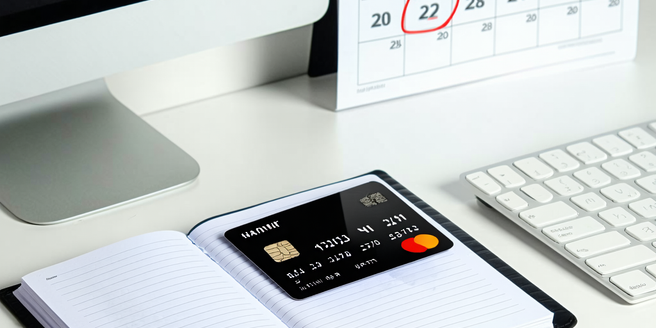
Understanding Credit Builder Cards
Credit builder cards are designed for those looking to establish or improve their credit history. These cards generally have higher interest rates and lower limits compared to standard credit cards. However, they offer a valuable opportunity to demonstrate responsible credit use. By making regular, on-time payments, users can show lenders their capacity to handle credit responsibly. Over time, this can lead to increased credit scores, qualifying for better rates on loans and other financial products. It’s essential to understand the terms and conditions associated with these cards, as missing payments can negatively impact your credit score. When used deliberately, credit builder cards can be a stepping stone to better financial health and a strong credit profile.
Setting a Budget and Payment Plan
Having a budget is crucial when using a credit builder card effectively. First, assess your monthly income and expenses to determine how much you can afford to spend with the card. Remember that the primary goal is to build credit, so keeping your balance low, typically below 30% of your credit limit, is wise. Plan your purchases accordingly and avoid impulsive spending. Additionally, establish a strict payment plan to ensure timely payments every month. Late payments can harm your credit score, negating the benefits of using the card. Automating payments through your bank can help avoid missed deadlines and ensure consistency in your payment routine. A disciplined approach will not only help maintain good credit but also instill healthy financial habits.
Monitoring Your Credit Score Progress
To make the most of a credit builder card, regularly monitoring your credit score is vital. This allows you to track your progress and understand how your financial behavior affects your score. Regular checks can be performed through free online credit score services or directly from credit bureaus. Consistently paying your bills on time and keeping credit utilization low usually reflects positively on your score. Should you notice any discrepancies, such as unexplained drops or errors, promptly contact the credit reporting agencies to rectify them. Monitoring reinforces good habits and provides insights into aspects that need attention. Over time, an improved score confirms your efforts to establish creditworthiness, paving the way for better loan terms and financial opportunities.
Avoiding Common Mistakes
While credit builder cards can be a useful financial tool, common mistakes can hinder progress. One of the most frequent errors is maxing out the card, leading to high credit utilization, which negatively affects your credit score. Another pitfall is failing to make timely payments. Interest rates on credit builder cards tend to be high, and late payments incur extra fees and penalties, further damaging your credit profile. Neglecting to read the card’s terms can result in unforeseen charges or conditions. To maximize the benefits, users must be disciplined in spending, vigilant in understanding costs, and prompt with payments. Avoiding these pitfalls ensures that the card serves its intended purpose of building a better credit foundation.
Maximizing Benefits and Rewards
To get the most out of a credit builder card, look for opportunities to earn rewards. Though these cards typically focus on building credit, some offer perks like cashback on certain purchases or discounts with partner retailers. Choose a card that aligns with your spending habits to make use of these benefits. Research the rewards program thoroughly to understand how you can maximize your earnings. Regular transactions that reward points can enhance the card’s value beyond just credit improvement. Always ensure that taking advantage of rewards does not lead to overspending; stick to a predetermined budget and timely payments. By combining responsible use with an eye for available incentives, you can enjoy the financial perks while steadily building a strong credit score.
